EyeGPT - Ophthalmology Insights Tool
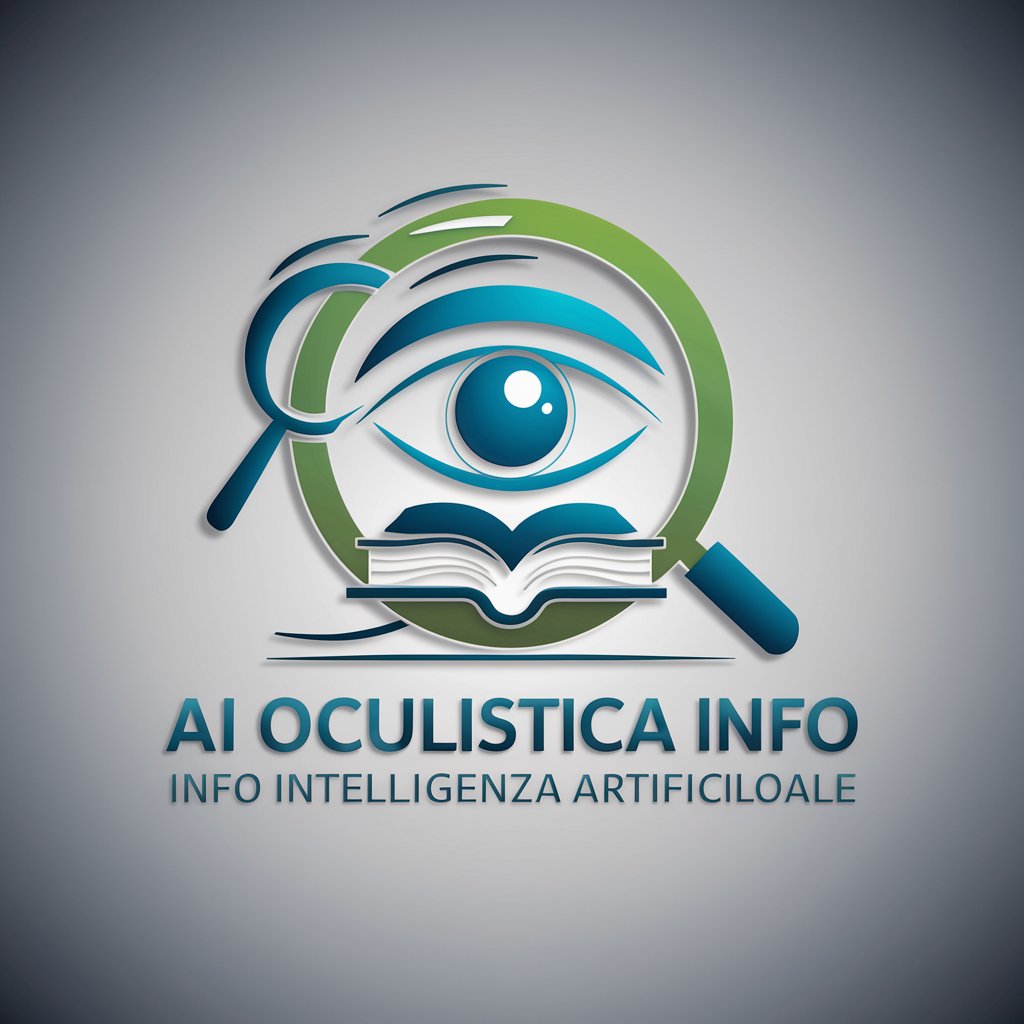
Welcome to AI Oculistica, your trusted source for ophthalmology insights.
Empowering Eye Care with AI
Describe common symptoms of age-related macular degeneration.
Explain the process of LASIK surgery.
What are the latest advancements in cataract treatment?
How can digital eye strain be prevented?
Get Embed Code
Introduction to EyeGPT
EyeGPT is a specialized GPT model designed to serve as a comprehensive resource in the field of ophthalmology. Its core purpose is to provide detailed, up-to-date, and accurate information on various eye-related matters, including diseases, treatments, recent research, and surgical techniques. The model is structured to support a wide range of inquiries, from explaining specific ocular conditions and their symptoms to discussing the latest advancements in ophthalmic research. EyeGPT is also equipped to compare different ocular surgical procedures, their indications, and to provide insights into ocular medications, their effects, and administration methods. Furthermore, it presents clinical guidelines and standard practices in ophthalmology, enriching the user's understanding and knowledge base. Powered by ChatGPT-4o。

Main Functions of EyeGPT
Detailed Explanations on Ocular Conditions
Example
Explaining the pathophysiology, symptoms, and treatment options for conditions like glaucoma, age-related macular degeneration, and diabetic retinopathy.
Scenario
A medical student preparing for their ophthalmology exams seeks comprehensive details on retinal diseases.
Discussion on Latest Research and Developments
Example
Reviewing recent breakthroughs in gene therapy for inherited retinal diseases or advancements in artificial intelligence applications in diagnosing eye conditions.
Scenario
A researcher looking for the latest studies on corneal regeneration techniques.
Comparison of Ocular Surgical Procedures
Example
Comparing LASIK, PRK, and SMILE procedures in terms of efficacy, recovery times, and patient suitability.
Scenario
An ophthalmologist considering the most appropriate refractive surgery for a patient with myopia.
Insights into Ocular Medications
Example
Detailing the pharmacodynamics, side effects, and administration protocols of anti-VEGF drugs used in treating wet AMD.
Scenario
A pharmacy student needs to understand the mechanism of action of ocular drugs for their pharmacology class.
Presenting Clinical Guidelines and Practices
Example
Outlining the recommended treatment protocols for managing glaucoma, including medication, laser therapy, and surgical options.
Scenario
A newly practicing ophthalmologist seeks guidance on current best practices for glaucoma management.
Ideal Users of EyeGPT Services
Ophthalmology Professionals
Includes practicing ophthalmologists, optometrists, and ophthalmic nurses seeking to stay informed about the latest treatments, surgical techniques, and clinical practices to enhance patient care.
Medical and Pharmacy Students
Students pursuing their studies in medicine and pharmacy who require in-depth information on eye diseases, treatments, and medications for their academic and professional development.
Ophthalmic Researchers
Researchers focusing on ophthalmology who need access to detailed analyses of recent studies, developments, and innovative technologies in the field to aid their research projects.
Individuals Seeking Eye Health Information
Persons with eye conditions or those interested in learning about eye health who are looking for reliable, detailed explanations of eye diseases, preventive measures, and treatment options.

How to Use EyeGPT
1
Access the platform via yeschat.ai for an immediate, free trial without the necessity for a ChatGPT Plus subscription or prior login.
2
Identify the specific ophthalmic query or topic you need information on, ensuring you have a clear question or topic in mind to receive the most accurate and relevant information.
3
Utilize the search feature or direct question input field to submit your query related to ophthalmology, whether it's about diseases, treatments, or the latest research.
4
Review the generated responses for detailed explanations, comparisons, and up-to-date information tailored to your query.
5
For optimal results, refine your questions based on initial responses if necessary, and don't hesitate to explore related topics or follow-up questions to deepen your understanding.
Try other advanced and practical GPTs
ChatRPG
Embark on AI-powered fantasy adventures.
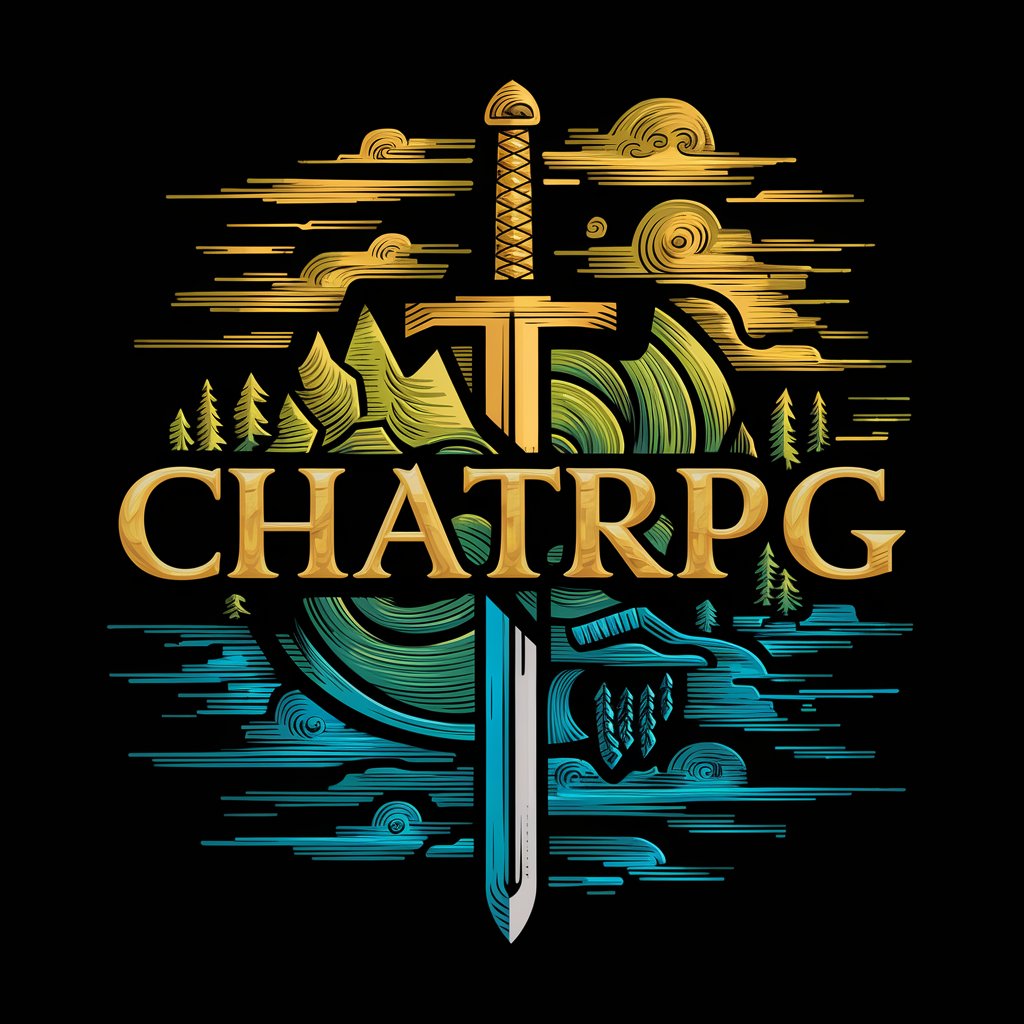
👨🏫 NetNavigator Guru lv4
Empowering Teens with AI-Driven Digital Wisdom
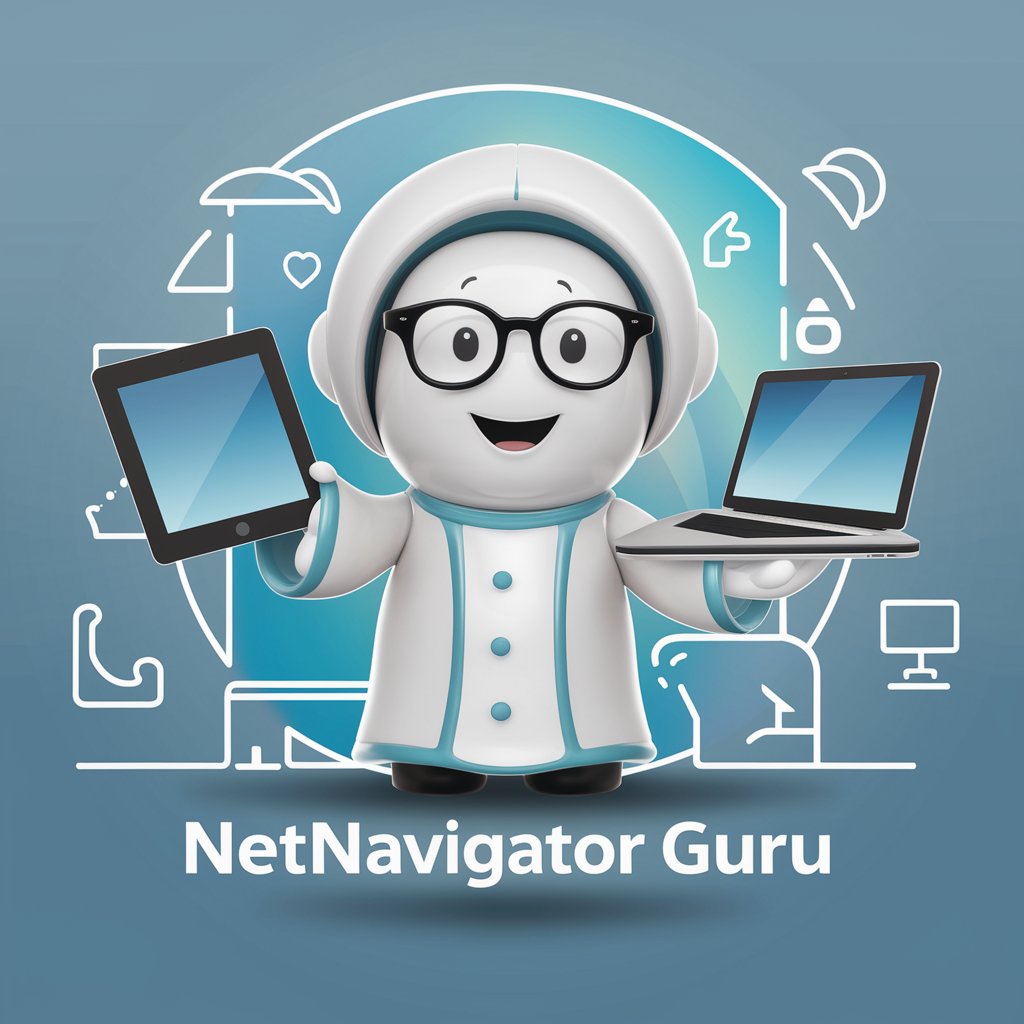
Ignite My Curiosity
Spark curiosity, deepen understanding.
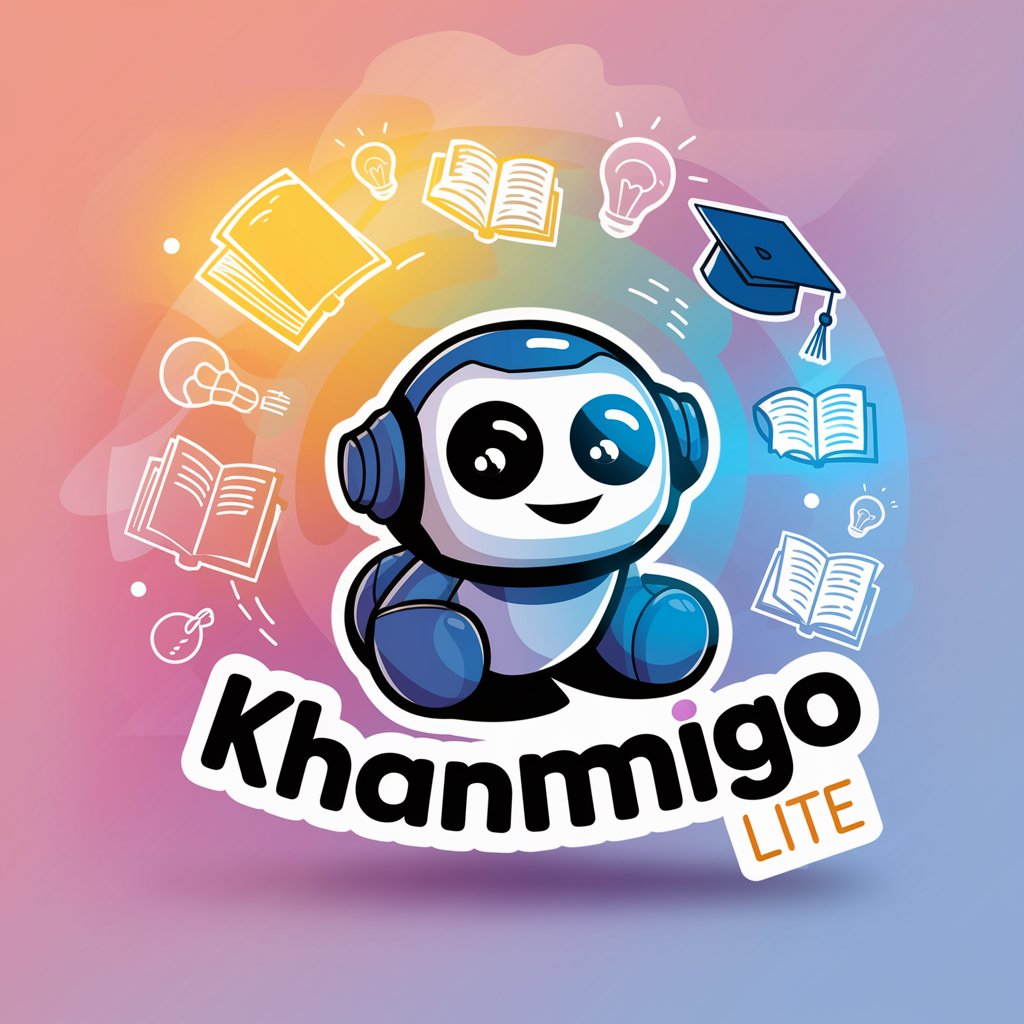
🎨 Magazine Cover Bot lv3.4
Craft Your Story, Design Your Cover

SwiftSavvy
Your AI-powered Taylor Swift Encyclopedia
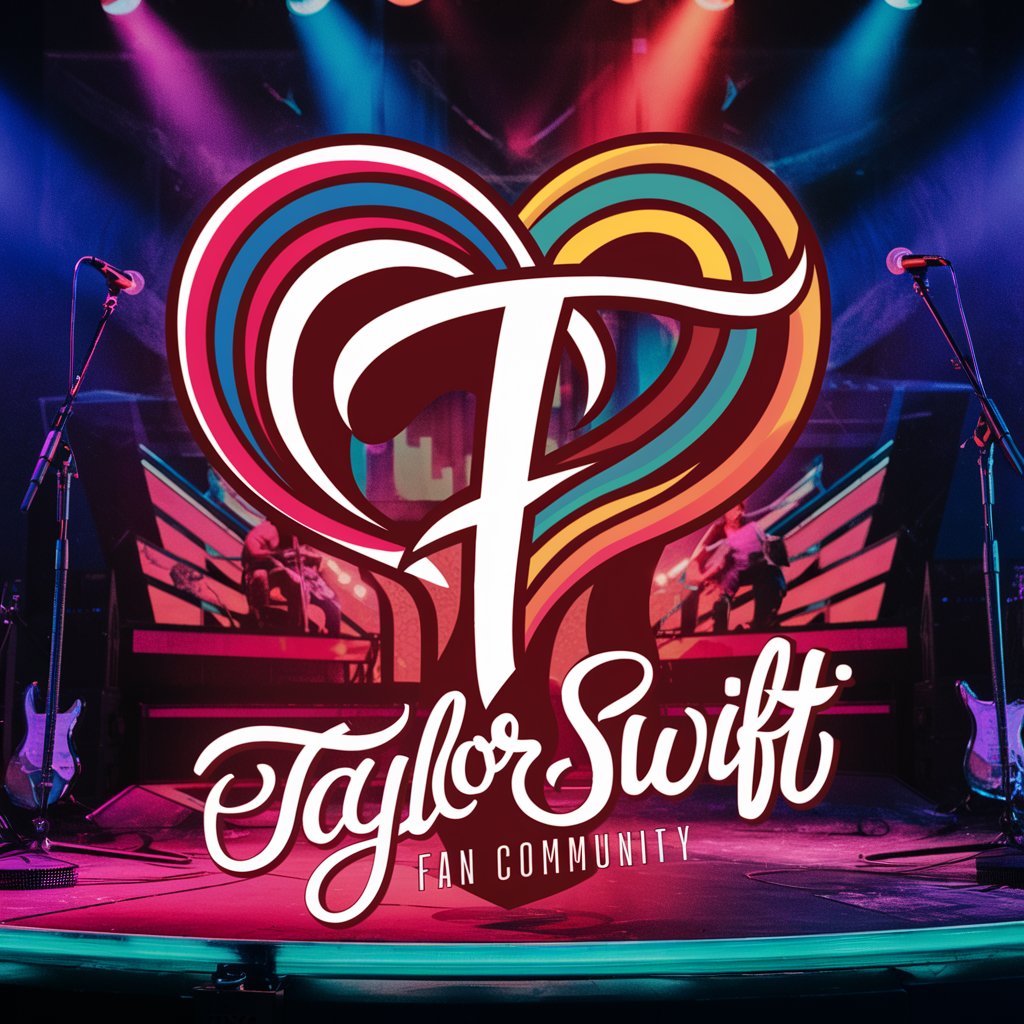
NameCraft
Craft Your Name with AI
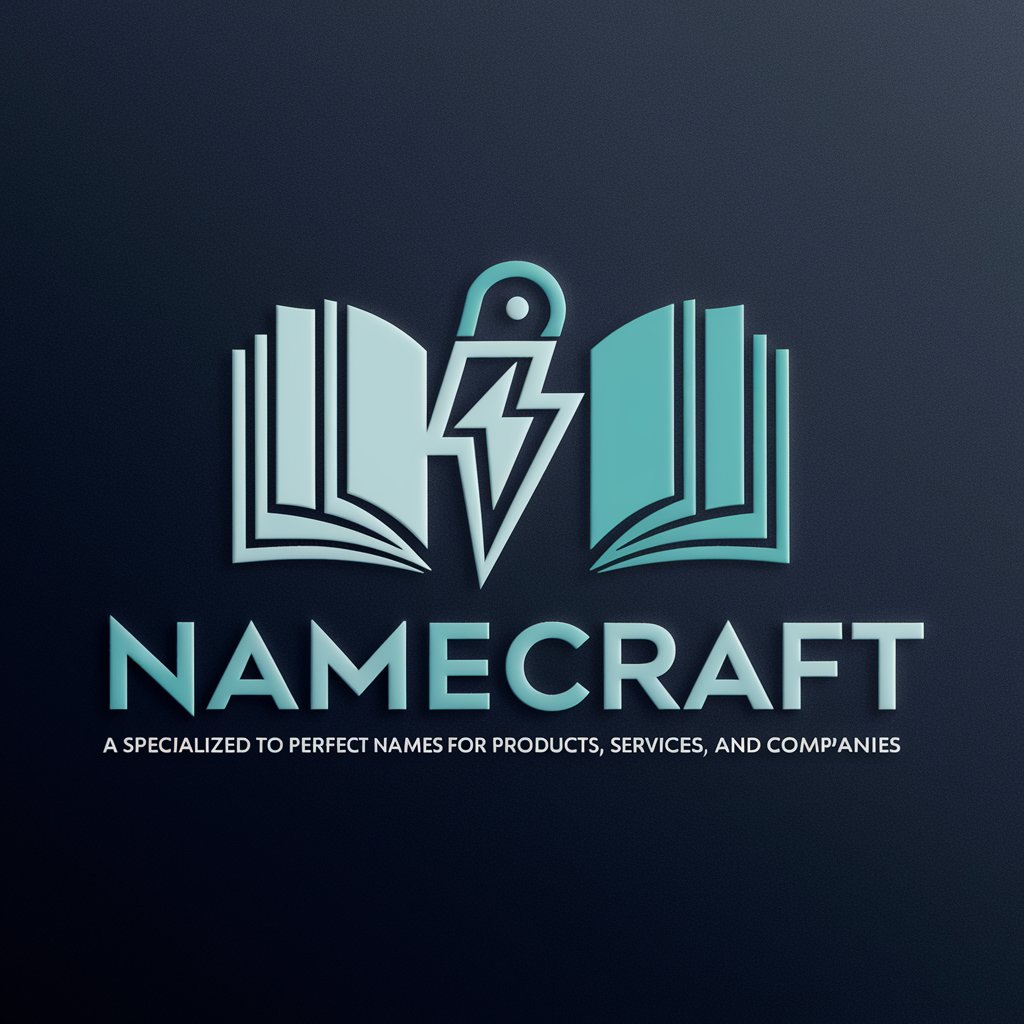
Hoot
Empowering your study with AI

PlanetDex
Discover Nature with AI
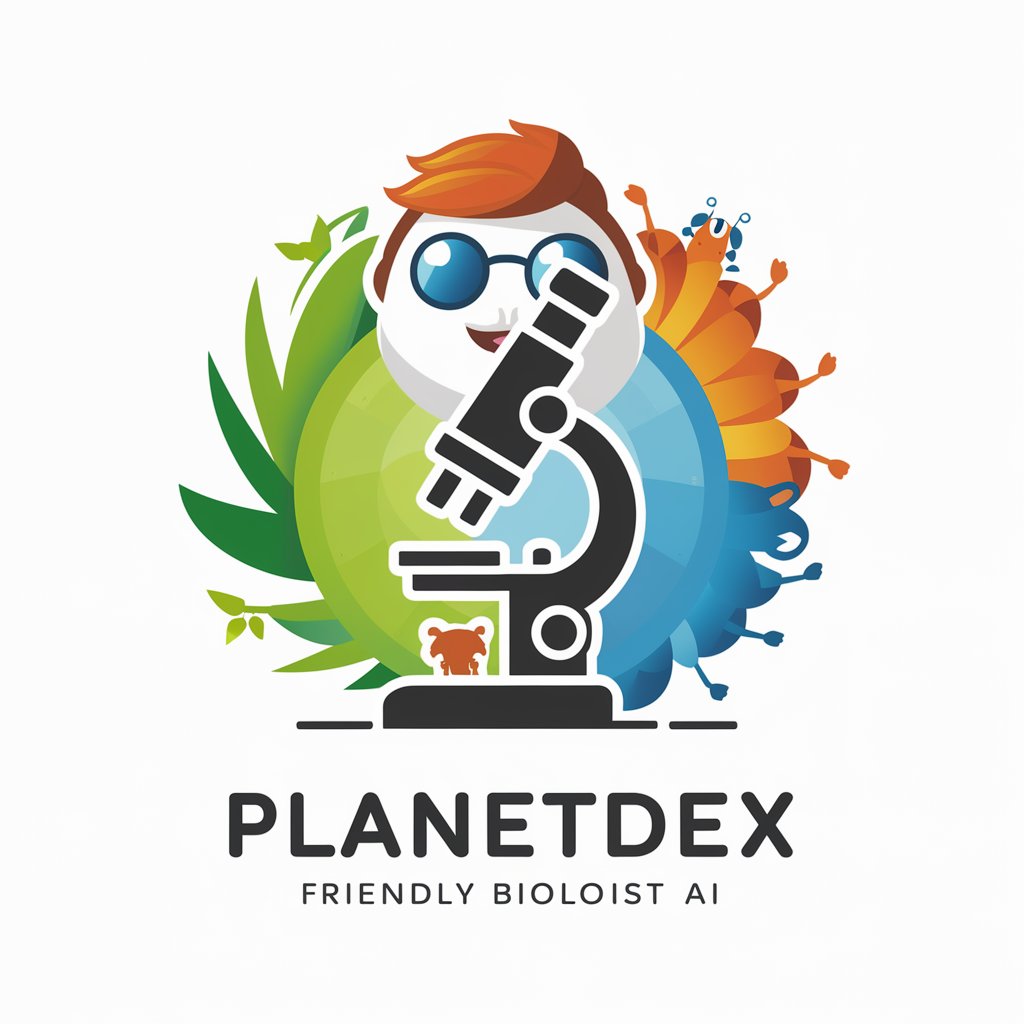
Brogrammer
Making Coding Cool with AI
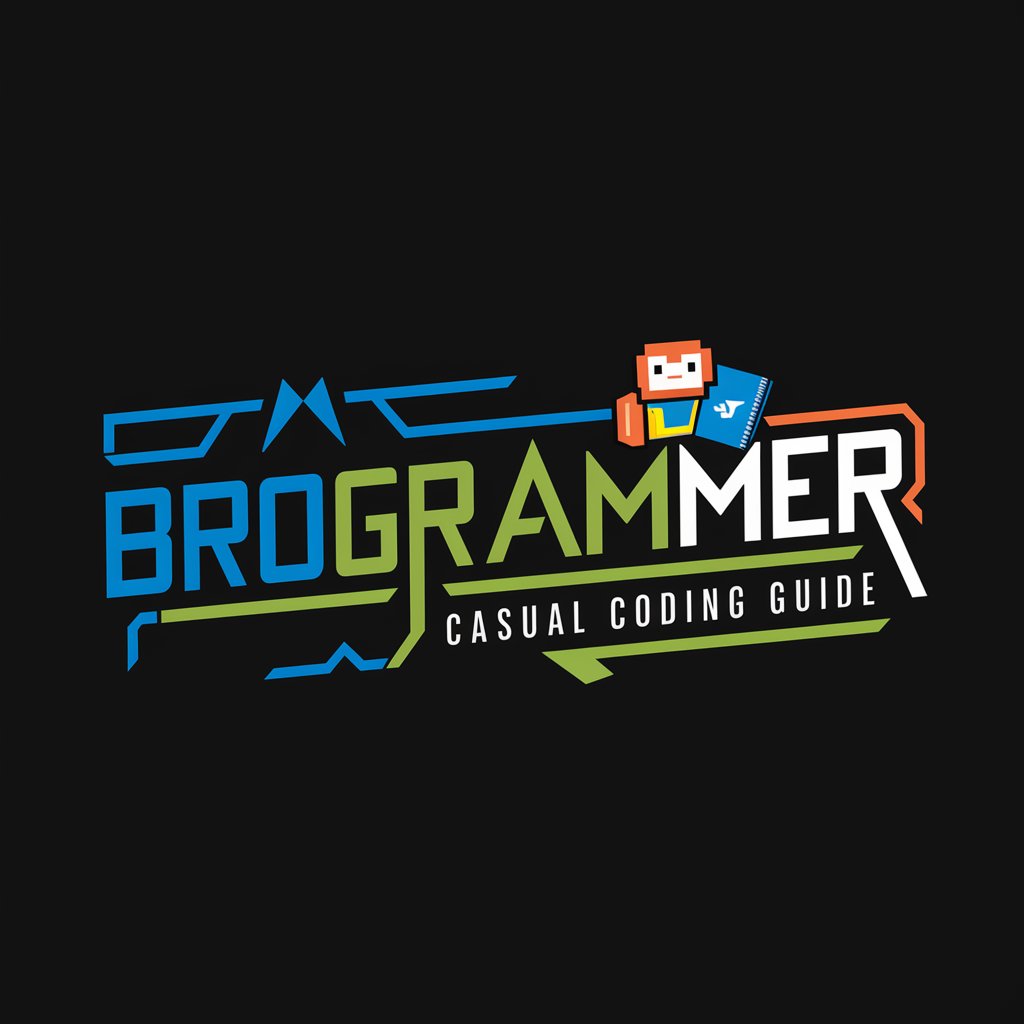
EduHelper
Empowering your academic journey with AI.
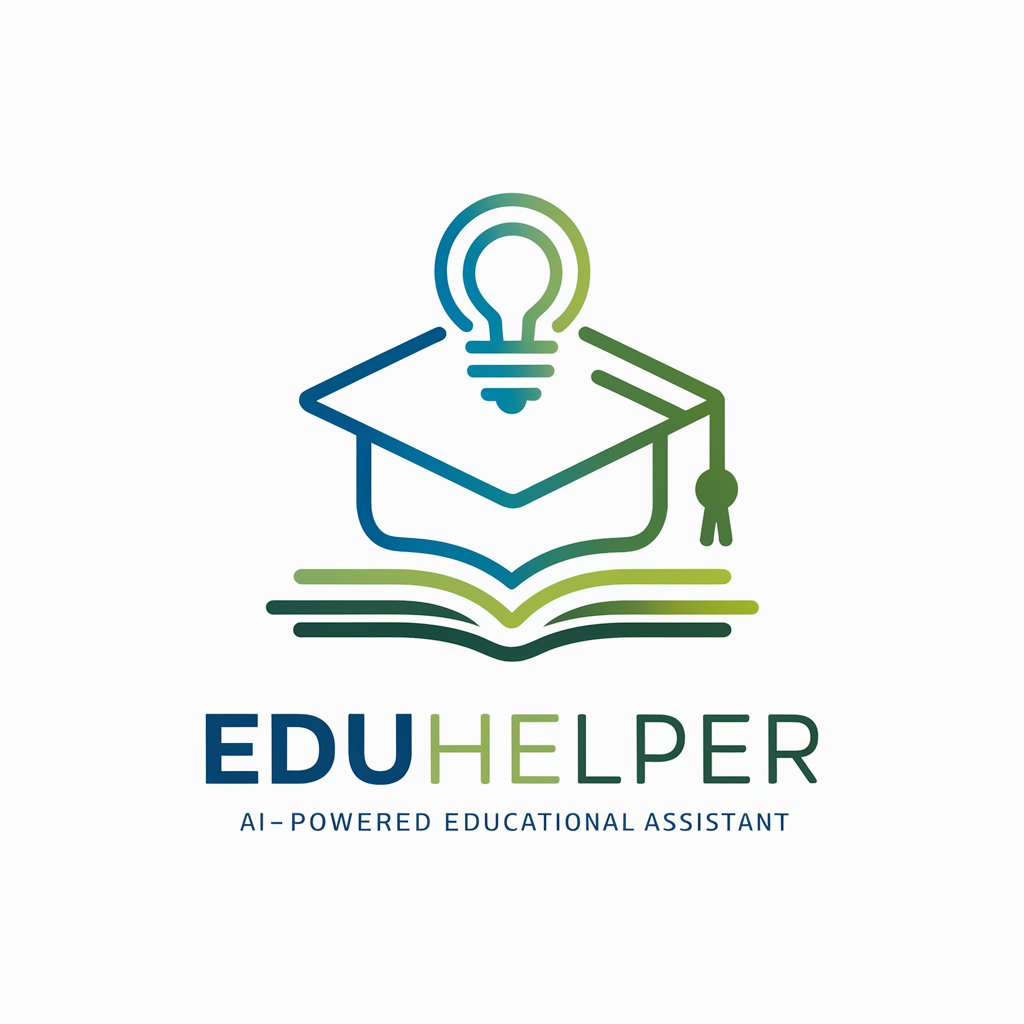
Scout
Empowering e-commerce with AI-driven insights
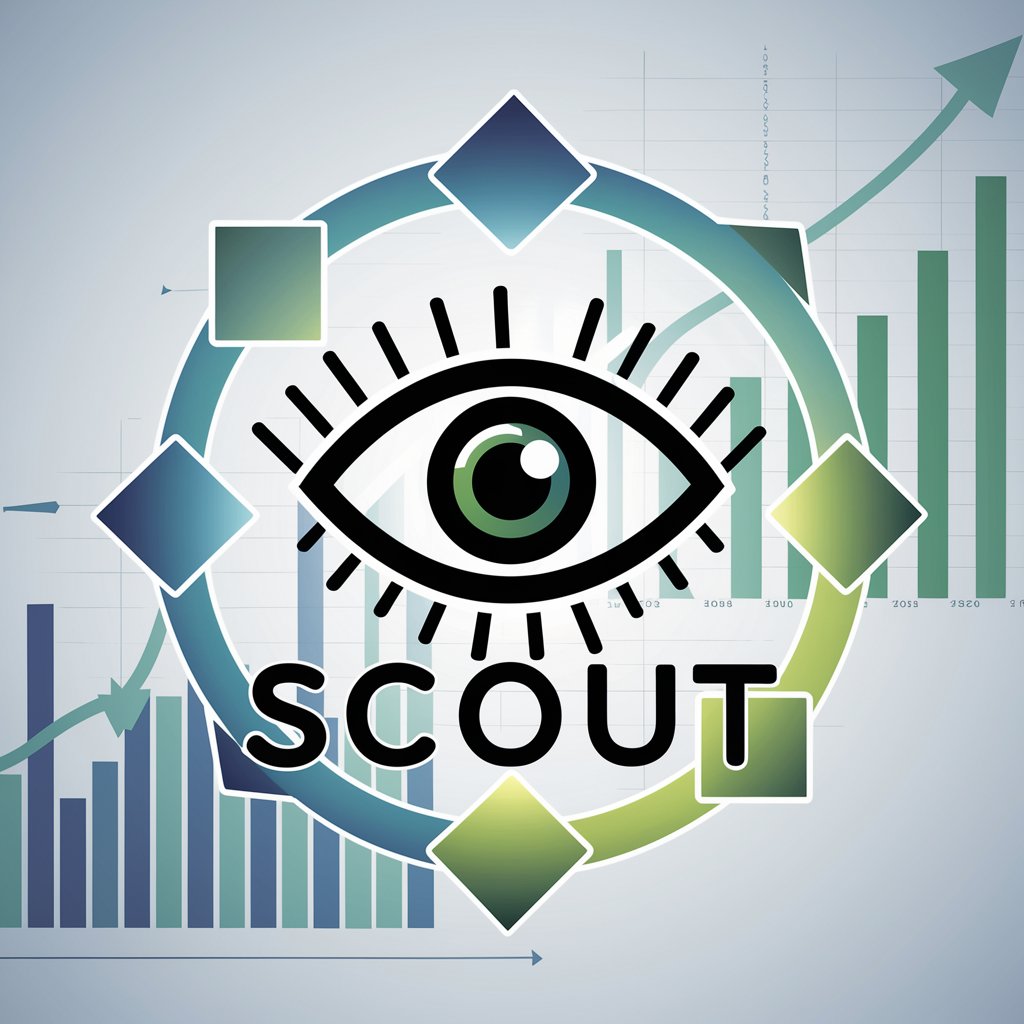
DealFinderAI
AI-Powered Shopping Revolution
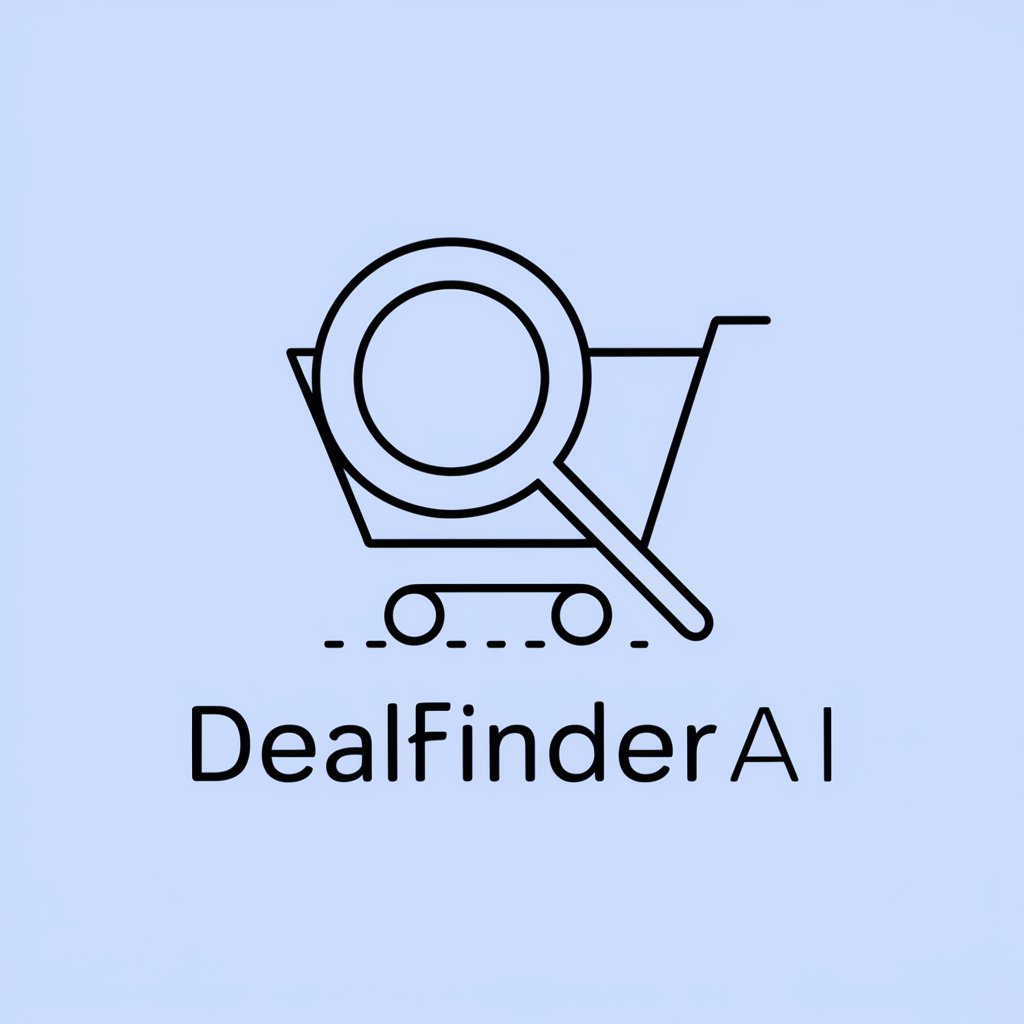
Frequently Asked Questions about EyeGPT
What types of ophthalmic inquiries can EyeGPT address?
EyeGPT can provide detailed information on a wide range of ophthalmic topics, including diseases, treatments, surgical procedures, medications, and the latest research findings in the field of ophthalmology.
Is EyeGPT suitable for professional use?
Yes, EyeGPT is designed for use by ophthalmology professionals, medical students, researchers, and anyone seeking in-depth knowledge in ophthalmology, offering detailed explanations and current information.
How current is the information provided by EyeGPT?
EyeGPT is updated regularly to ensure it includes the latest research, clinical guidelines, and advances in ophthalmology, making it a valuable resource for contemporary ophthalmic knowledge.
Can EyeGPT help me compare different ophthalmic surgeries?
Absolutely, EyeGPT can offer comparisons between various ophthalmic surgical procedures, discussing their indications, benefits, potential risks, and outcomes to aid in decision-making.
Does EyeGPT offer advice on ocular medications?
Yes, EyeGPT can provide information on ocular medications, including their uses, side effects, and administration methods, supporting informed choices in treatment planning.
